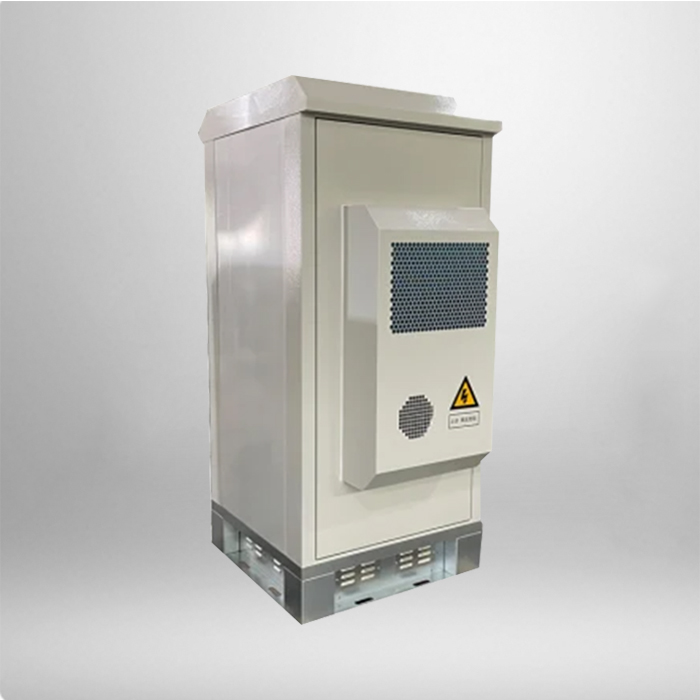
Outdoor telecom cabinets serve as critical enclosures for networking equipment, protecting sensitive components like routers, switches, and power supplies from harsh environmental conditions. Unlike indoor cabinets, they are engineered to withstand exposure to rain, extreme temperatures, dust, and even physical impacts—making them indispensable for extending telecom infrastructure to remote or outdoor locations, such as street corners, rural areas, or industrial sites.
A primary focus in the design of outdoor telecom cabinets is environmental resilience. Most models feature weatherproof shells, often made from corrosion-resistant materials like galvanized steel or aluminum alloy, which prevent water intrusion and rust over time. Sealing technologies, such as rubber gaskets around doors and cable entry points, further block dust and moisture from reaching internal equipment. Temperature control is another key element: many cabinets include built-in cooling systems (like fans or heat exchangers) to manage heat buildup during hot weather, while some also have heaters to keep equipment functional in freezing temperatures—ensuring consistent performance even when outdoor temperatures swing from -40°C to 60°C.
Security is another vital aspect of outdoor telecom cabinet design. Given their placement in public or unmonitored areas, these cabinets are equipped with anti-theft features, such as heavy-duty locks and tamper-proof hinges, to deter unauthorized access. Some advanced models also include alarm systems that trigger alerts if the cabinet is opened unexpectedly, helping network operators respond quickly to potential security breaches. Additionally, cable management systems inside the cabinet keep wiring organized, reducing the risk of damage or disconnections that could disrupt service.
The functionality of outdoor telecom cabinets extends beyond equipment protection to support efficient network operations. Many modern cabinets integrate smart monitoring tools, such as sensors that track temperature, humidity, and power status. These sensors send real-time data to network management platforms, allowing operators to remotely identify issues (like a failing cooling fan or a power outage) and address them before they cause service disruptions. This remote monitoring capability reduces the need for on-site inspections, saving time and operational costs.

When deploying outdoor telecom cabinets, several factors must be considered to ensure optimal performance. Location selection is critical—cabinets should be placed in areas with minimal exposure to flooding or direct sunlight (when possible) and easy access for maintenance. Proper ventilation is also essential to prevent heat buildup, even with cooling systems in place. Additionally, compatibility with the equipment inside matters: cabinets must have sufficient space and proper mounting options to accommodate routers, batteries, and other components, while also allowing room for future upgrades.


